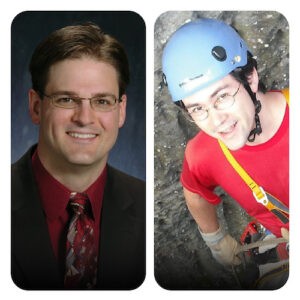Preparing the PETSc/TAO Software Suite to Support Exascale Scientific Applications
By Scott Gibson
Hello, and welcome. This is where we explore the efforts of the Department of Energy’s (DOE’s) Exascale Computing Project (ECP)—from the development challenges and achievements to the ultimate expected impact of exascale computing on society.
In this episode, we look at PETSc—the Portable, Extensible Toolkit for Scientific Computation. It’s a suite of data structures and routines for the scalable (parallel) solution of scientific applications modeled by partial differential equations. PETSc supports MPI, and GPUs through Kokkos, CUDA, HIP or OpenCL, and hybrid MPI–GPU parallelism. PETSc is sometimes called PETSc/TAO because it also contains the TAO, the Toolkit for Advanced Optimization, software library.
A team within ECP is preparing PETSc/TAO for exascale. Richard Tran Mills and Todd Munson of Argonne National Laboratory are the project’s deputy directors. Mills and Munson focus on scientific collaborations and algorithms, respectively. And they are here to provide us with some insights about PETSc/TAO.
Our topics: PETSc/TAO’s ensemble staff and collaborators, a big-picture view of the project, strategy for accelerator support and portability, and more.
Show Notes
Memorable Quote
“Inside the ECP project, we have a pretty large focus on two aspects: One is application support—so we work with applications from Chombo-Crunch [carbon sequestration] as well as the WDMApp application [fusion energy], for example, to make sure that we’re satisfying their needs for their particular ECP applications. And then we also have a very large effort … on making sure that PETSc works well on the upcoming architectures.” —Todd Munson, senior computational scientist, Argonne National Laboratory
Discussion Flow
The PETSc/TAO project’s ensemble staff and collaborators (2:33)
A big-picture view of PETSc/TAO and a summary of progress (7:42)
A quick review of published papers (12:28)
The overall strategy for accelerator support and portability (17:16)
PETSc/TAO’s vibrant worldwide development community (19:01)
The project’s planned next actions (21:17)
Final comments (22:15)



